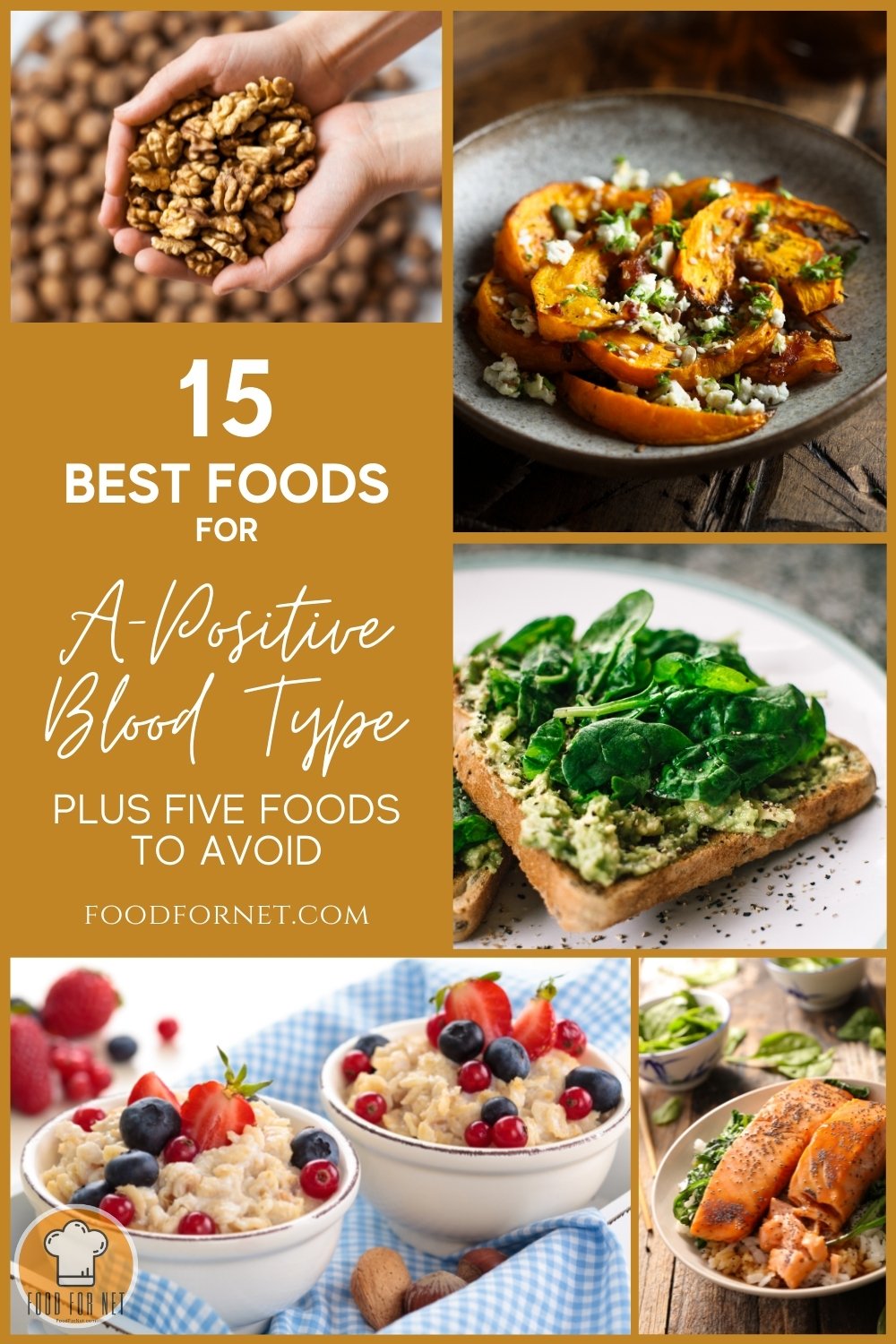
In 1996, Dr. Peter D’Adamo released a book called Eat Right For Your Type. This book suggested that many ailments and diseases could be cured if people would diet aligned with their specific blood type.
A blood type diet varies between A, B, AB, and O blood types, and it can be difficult to know which foods are best for you and which to leave alone. For people with the A Positive blood type, the emphasis is on a mostly vegetarian meal plan, with some seafood and a few dairy products. This food plan relies heavily on vegetables, preferably organic and low in lectins, which some people could be sensitive to.
People with the A Positive blood type could also be susceptible to digestive tract issues, heart disease, and diabetes. The foods on Dr. D’Adamo’s acceptable foods list include many foods that prevent or help manage these conditions. If you’re interested in learning more, read through this list of the 15 best foods for A Positive blood type, and see if they can be worked into your meal plan. At the end of this article, I’ll also share a small list of some foods to avoid, and why.

15 A Positive Blood Type Diet Foods
- Broccoli
- Salmon
- Okra
- Spinach
- Sprouts
- Kelp
- Olive Oil
- Black Beans
- Cod
- Walnuts
- Lentils
- Kale
- Pumpkin
- Oatmeal
- Garlic
Broccoli
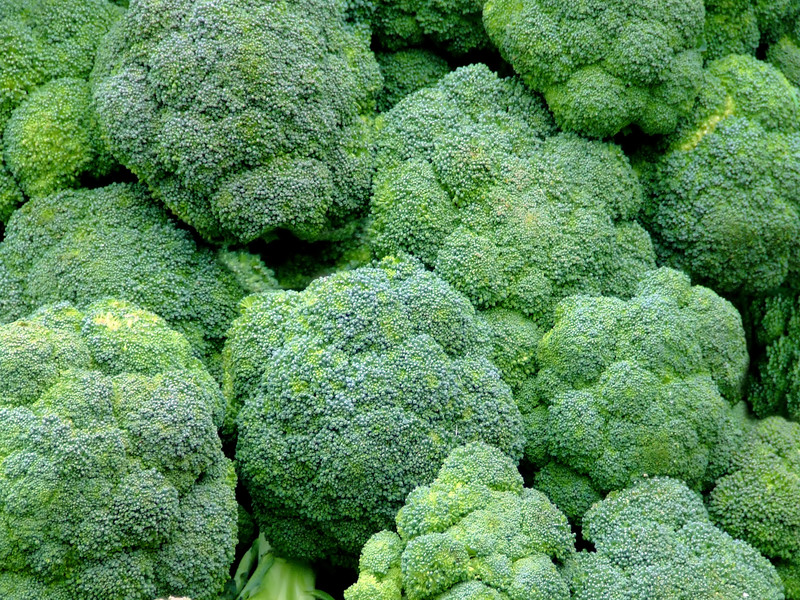
Broccoli is a powerhouse food that’s highly recommended for A-positive blood types. It’s packed with nutrients while being low in substances like lectins, which could upset the digestive tract.
Broccoli is high in fiber and low in calories. A one-cup serving of fresh, chopped broccoli contains only 31 calories but 9% of the daily recommended intake for fiber. This vegetable is also rich in folate, pantothenic acid, vitamin B6, and several other vitamins and minerals.
One cup of broccoli also provides 90% of the daily recommended intake for vitamin C and 77% for vitamin K. vitamin C is especially interesting for people with A-positive blood types because it acts as an antioxidant and could help prevent stomach cancer.
Salmon
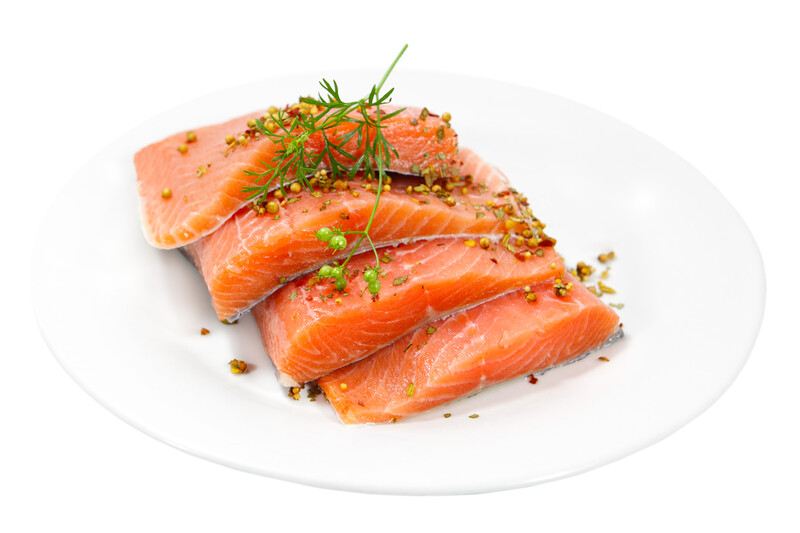
Salmon and other cold-water fish such as trout, mackerel, and sardines are great food choices for people who have A-positive blood types. These fatty fish are rich in omega-3 fatty acids, which have a host of health benefits for all blood types.
Omega-3 fatty acids are known to reduce the risk of heart disease, promote eye health, help with depression and anxiety, and more. A-positive blood type might be interested to know that omega-3 fatty acids also reduce the symptoms of metabolic syndrome, as well as preventing cancer and fighting autoimmune diseases.
Most meats aren’t recommended for people with A-positive blood types, but they can eat seafood 3-4 times per week. Besides being rich in omega-3 fatty acids, one small salmon fillet provides 91% of the daily recommended intake for niacin, as well as 122% for selenium, 116% for vitamin D, and 315% for vitamin B12.
Okra

One interesting thing about okra is that could help control blood sugar. This is helpful for people with type A-positive blood because they are prone to diabetes.
Like broccoli, okra is low in calories and high in fiber. A one-cup serving of raw okra provides 11% of the recommended daily intake for fiber, with just 33 calories. It’s also rich in folate, vitamin C, vitamin K, thiamin, and magnesium.
Okra is also surprisingly rich in omega-3 and omega-6 fatty acids.
Spinach
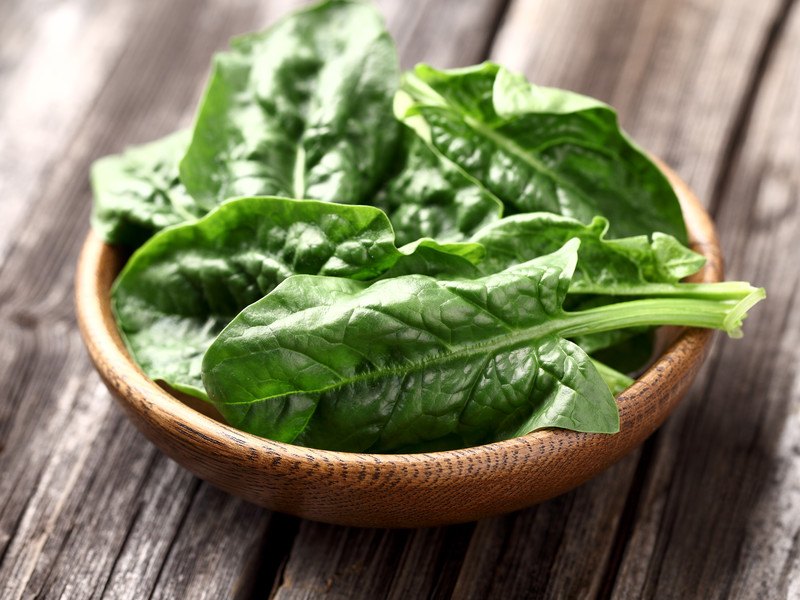
Spinach is a superfood across the board, with health benefits for all blood types. It’s especially important for A-positive blood types because people with A-positive blood do best with vegetarian meals created from nutrient-dense vegetables like spinach.
One cup of raw spinach contains less than 7 calories, but it provides a wide array of helpful vitamins and minerals. These include potassium, magnesium, manganese, vitamin C, vitamin E, and several B vitamins. A one-cup serving also provides 116% of the daily recommended intake for vitamin K. This is important because vitamin K has been linked to a lower risk of coronary heart disease, which is something people with A-positive blood types could be susceptible to.
Sprouts
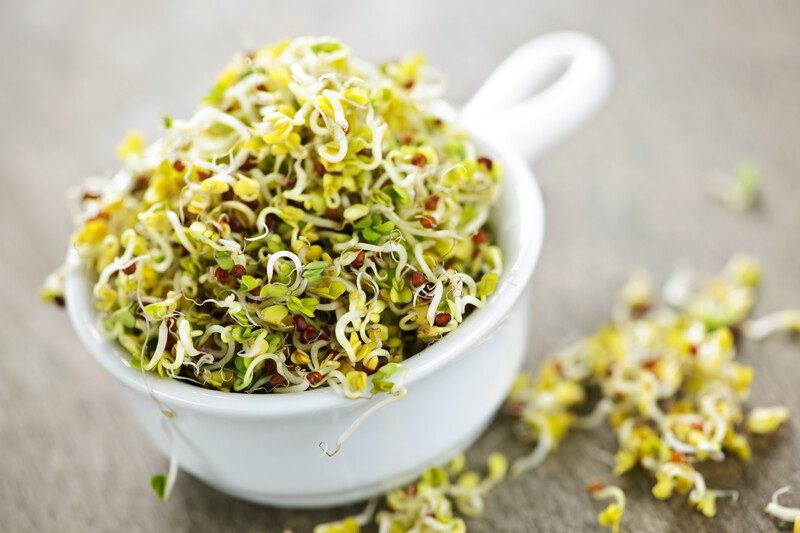
Many vegetable seeds can be sprouted and eaten when they are just a few days old. This includes mung beans, broccoli, radish, alfalfa, and even dried beans such as pinto beans or black beans. The interesting thing about these foods is that they are oftentimes even more nutritious as sprouts than as a full-grown, harvested vegetable.
For example, while 3-day-old broccoli sprouts contain less vitamin A and vitamin K than a head of broccoli, they provide many times more the amount of vitamin K. Broccoli sprouts are also known for their high levels of sulforaphane and other phytonutrients that combat cancer and diabetes. Broccoli sprouts can contain around 50 times the amount of the phytonutrients found in a head of broccoli.
Kelp

Kelp represents several types of brown seaweed that grow in shallow ocean waters. It’s one of the best sources of iodine, a mineral that promotes thyroid health with the right dosage. This is important for people with A-positive blood because it impacts the thyroid gland, which controls metabolism.
Kelp is also rich in antioxidant compounds, which could help fight cancer and oxidative stress. Some of the nutrients found in kelp are associated with reduced blood glucose levels, and it could reduce the amount of fat absorbed through the gut.
Olive Oil
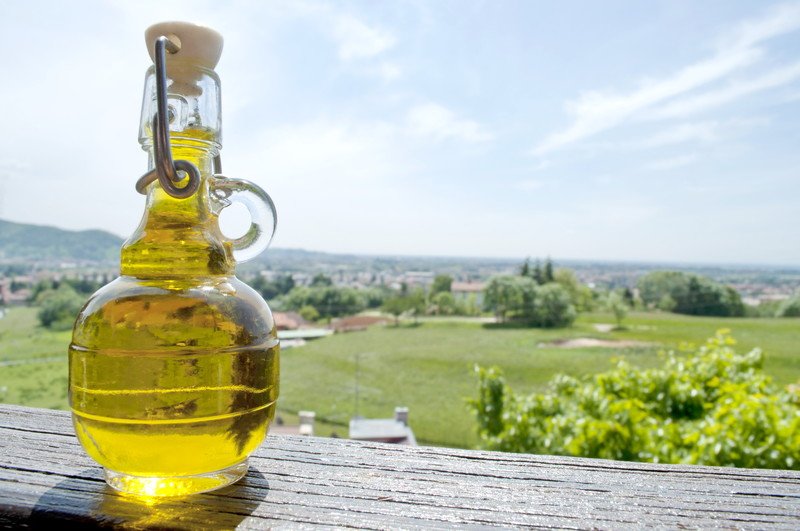
Many oils contain lectins that could upset the digestive tracts of people with type A-positive blood. Olive oil is an exception, as well as black currant oil, walnut oil, and flaxseed oil.
Besides being low in lectins, olive oil is known for providing healthy fats that are beneficial to the body. These health benefits include lowering blood pressure, protecting against LDL cholesterol, reducing inflammation, and it may reduce the risk of some cancers.
Olive oil is also packed with compounds called polyphenols, which have strong antioxidant tendencies.
Black Beans
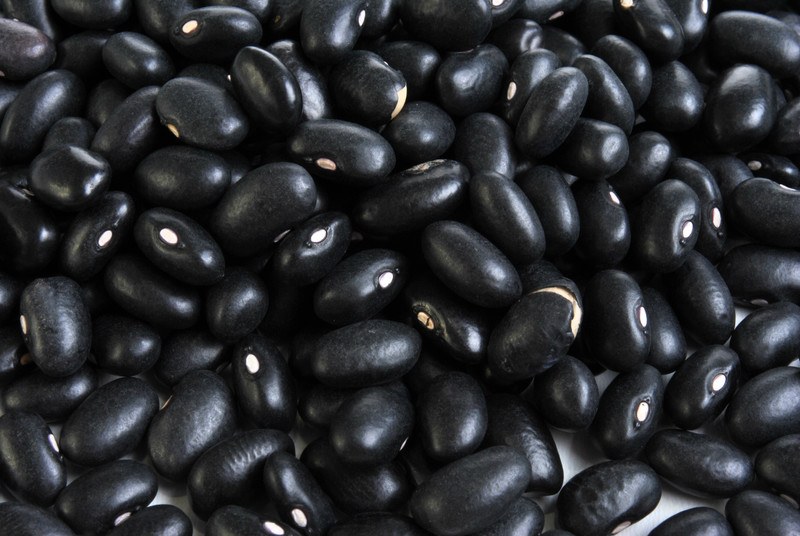
Beans are usually well-tolerated by people with an A blood type. They are rich in fiber, protein, and carbohydrates. The high fiber content in beans helps control blood glucose levels. A 100-gram serving of black beans (around half a cup) provides 16 grams of fiber or around 57% of the recommended daily intake.
One interesting thing about the fiber in black beans is that it could help promote a healthy gut microbiome, which is something essential for people with A-positive blood.
This serving size of black beans also provides 32% of the daily recommendation for potassium, 28% for iron, and 111% for folate. Black beans and other beans are also rich in other vitamins and minerals that help keep bodies functioning properly.
Cod
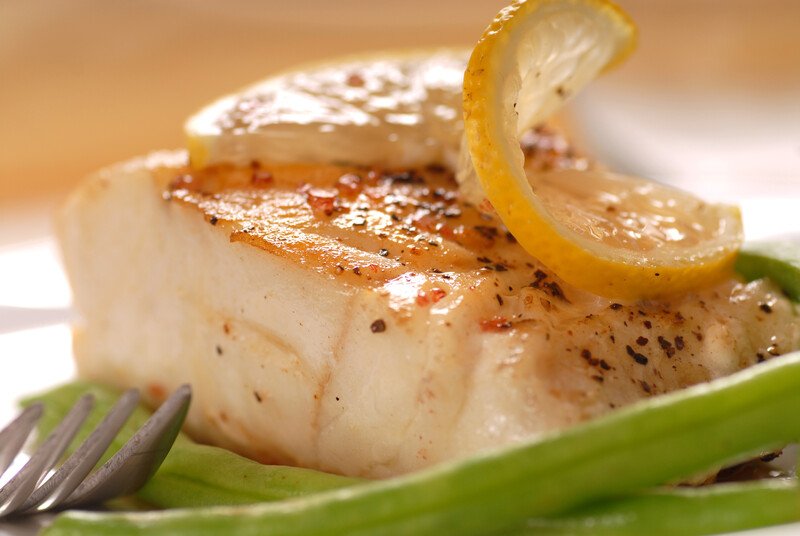
Along with salmon and fatty fish, cod is a type of seafood that people with type A blood do well with. While it’s not as high in omega-3 fatty acids as some fish, cod does provide a healthy nutrient profile.
One cup of steamed cod supplies consumers with 71% of the daily recommended intake for selenium, 62% for phosphorus, 120% for vitamin B12. Cod also provides a decent amount of several B vitamins.
Where it really shines is its protein content. A cup-sized serving of steamed cod contains 52% of the daily recommendation for protein. Since people with type A-positive blood are counseled to abstain from most meats, finding a quality protein source is harder to do. Cod provides that protein while still being relatively easy on the digestive system.
Walnuts
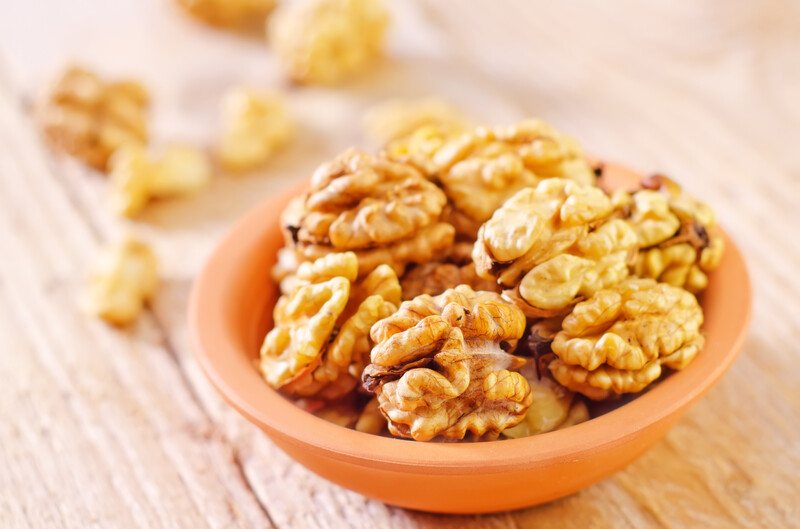
Walnuts, almonds, and other nuts are great sources of protein and healthy fats. This is important for people with A-positive blood types, because they are counseled not to eat most meats, and they need to find other sources of protein and fats.
According to Dr. D’Adamo’s food list recommendations, walnuts are particularly good for this blood type. Walnuts are rich in antioxidants, omega-3 fatty acids, and anti-inflammatory compounds. They also promote a healthy gut microbiome, help reduce the risk of some cancers, and help manage weight, which has secondary benefits of supporting a healthy heart and preventing diabetes.
Lentils
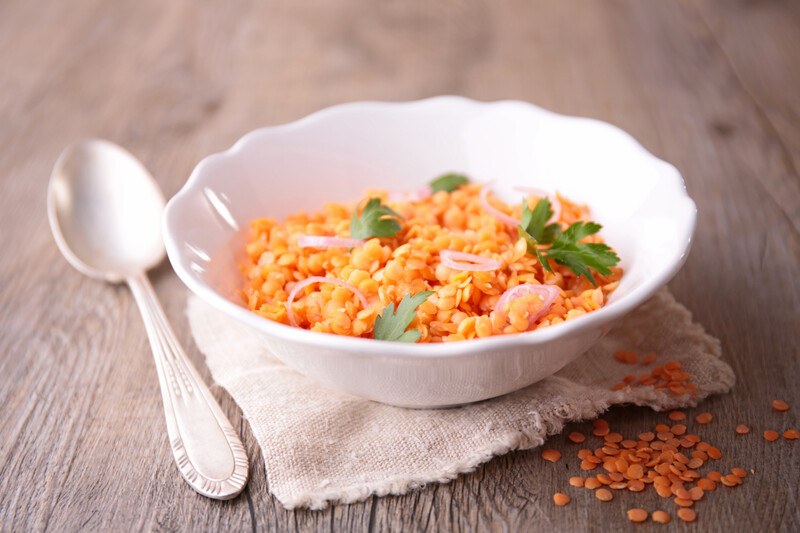
Like black beans, lentils are rich in protein and fiber. A 100-gram serving (around half a cup) provides 11 grams of fiber or around 39% of the daily recommended intake. It also contains 50% of the daily recommendation for protein.
Lentils have a low glycemic index, so they help prevent and manage diabetes. The fiber also creates a great environment for good bacteria to grow within the gut.
Legumes are an excellent source of folate, a B vitamin that is necessary for the division of cells and proper body growth. A serving of legumes provides 120% of the daily recommended intake for folate. It also supplies consumers with high levels of several trace elements, including zinc, potassium, phosphorus, manganese, iron, and copper.
Kale
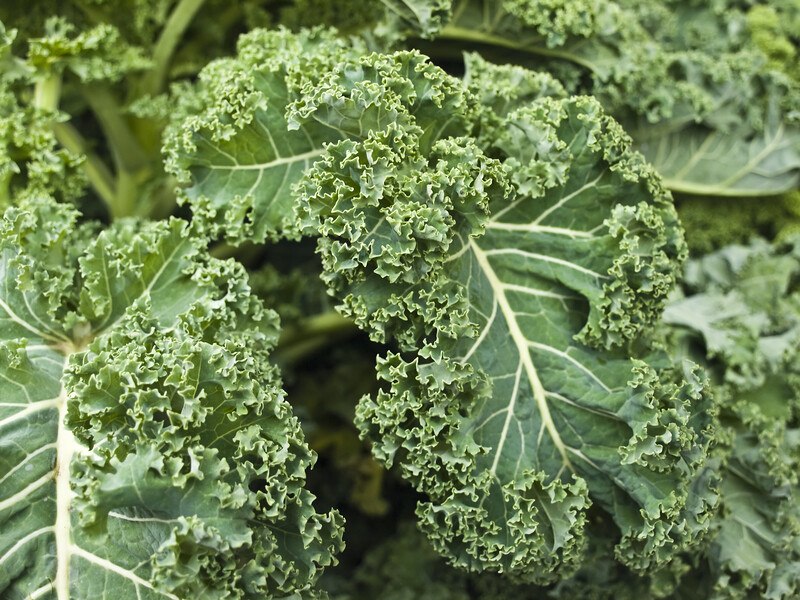
Kale is a superfood that’s both a dark leafy green vegetable and a cruciferous vegetable. Like broccoli, kale is rich in sulforaphane and vitamin K. A cup of kale provides 684% of the daily recommendation for vitamin K. It also supplies consumers with 134% of the daily recommendation for vitamin C, and it’s a good source of folate, other B vitamins, and several trace minerals.
Kale contains several powerful antioxidant compounds, too. These include quercetin, which also acts as an anti-inflammatory substance, and kaempferol. Kale is one of several vegetables on the list of acceptable foods recommended by Dr. D’Adamo.
Pumpkin
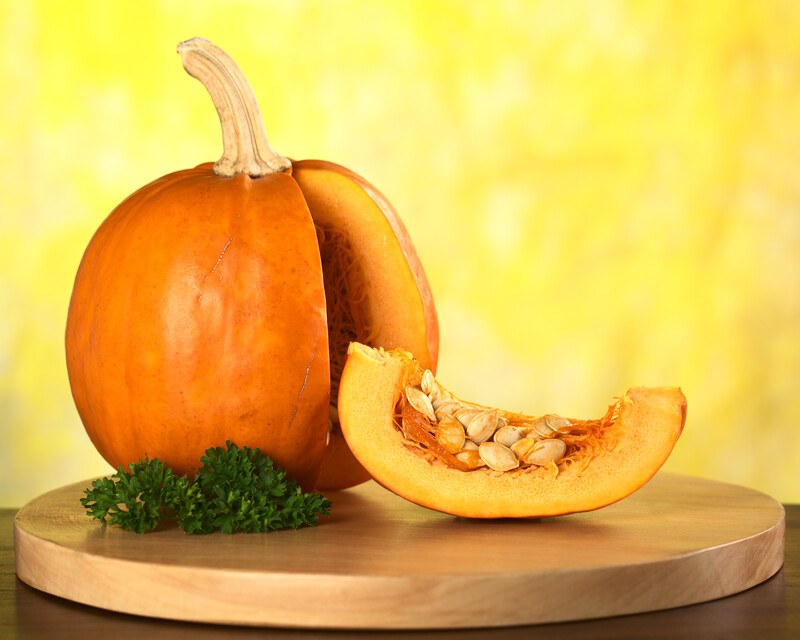
Pumpkin’s bright orange flesh is loaded with vitamin A, which acts as an antioxidant and supports the immune system. A 100-gram serving of cooked pumpkin contains 48% of the daily recommended intake for vitamin A. It also provides 9% of the daily recommendation for vitamin C, 6% for vitamin E, and 4% for folate, as well as several other vitamins and minerals.
The compounds in pumpkin are linked with better eyesight, reduced risk for some cancers, heart health, healthy skin, and even weight loss. A recent study also indicated that pumpkins could be helpful for helping control blood sugar levels.
Oatmeal
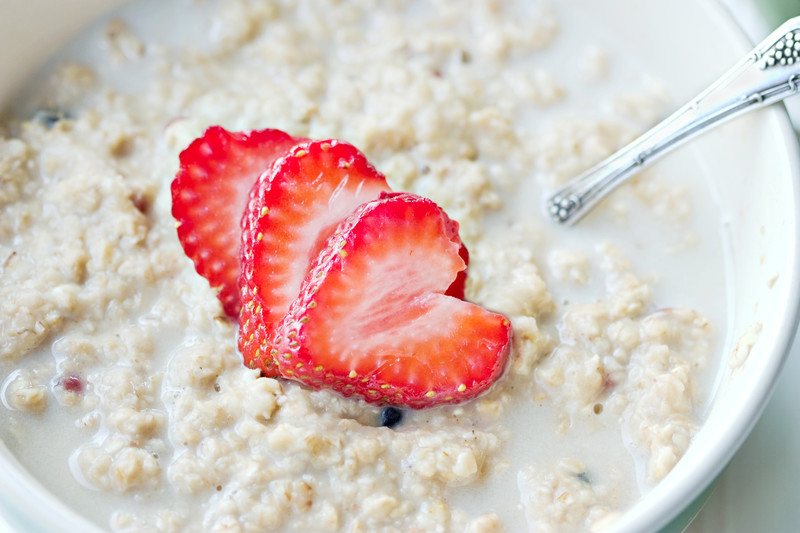
Oatmeal is loaded with both soluble and insoluble fiber. This helps promote heart health, control blood sugar spikes, and promote a healthy microbiome. This is important for people who have the A Positive blood type because they can be sensitive to digestive tract issues.
One cup of cooked oatmeal provides 15% of the daily recommended intake. Oatmeal is also a good source of iron, potassium, calcium, thiamin, riboflavin, and magnesium.
Garlic
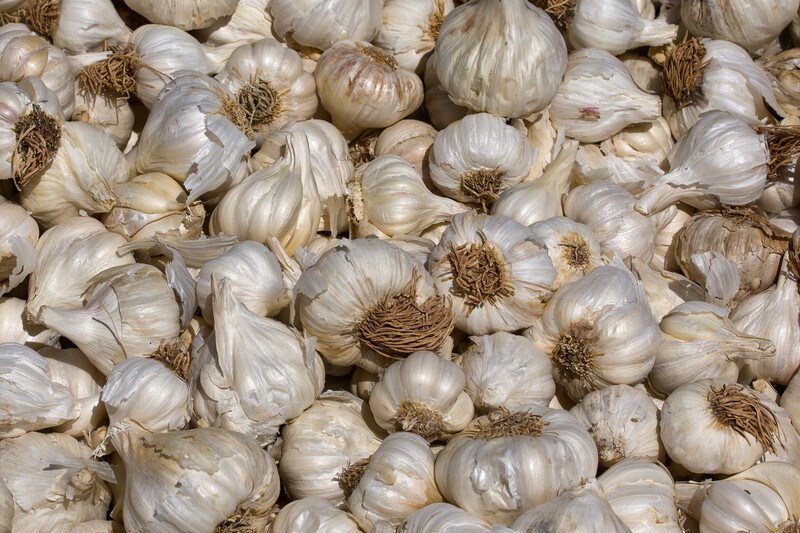
Garlic is as much seasoning or herb as it is a food. It’s often used to flavor foods. It also has several health benefits that range from reducing blood pressure and improving cholesterol levels to detoxifying heavy metals and helping prevent Alzheimer’s disease.
One interesting thing about garlic is that it contains several sulfur compounds such as allicin and diallyl disulfide. These compounds give the immune system a boost. Garlic is on the list of acceptable foods provided by Dr. D’Adamo.
Five Foods To Avoid, And Why
Now that you’ve read through the 15 best foods for A Positive blood type, you can probably see a pattern. The foods that are most recommended are vegetables. They’re high in antioxidants and compounds that support the immune system or a healthy microbiome.
People with the A Positive blood type often have sensitive immune systems and digestive tracts. While most vegetables support these systems, some veggies—especially those containing high levels of protein types called lectins–could actually be hard on some people with this blood type. Here are a few to watch out for:
Tomatoes
Tomatoes are in the same family as nightshade. While they’re not poisonous, they do contain high lectin levels, which some people with this blood type could be sensitive, too.
Peppers
Peppers, like tomatoes, are in the nightshade family and contain relatively high levels of lectins. These lectins could promote inflammation.
Eggplant
Eggplant is also in the nightshade family. Eggplant can be inflammatory because of its relatively high lectin levels.
Potatoes
Potatoes are a staple of many food plans. However, they’re also part of the nightshade family.
Cabbage
Although cabbage is a cruciferous veggie containing high amounts of sulforaphane, it also contains high lectin levels.



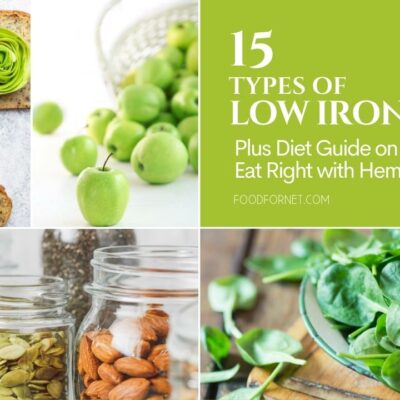

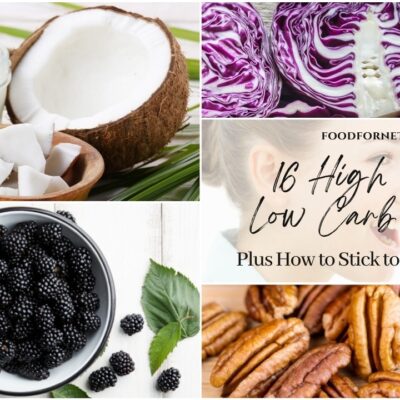

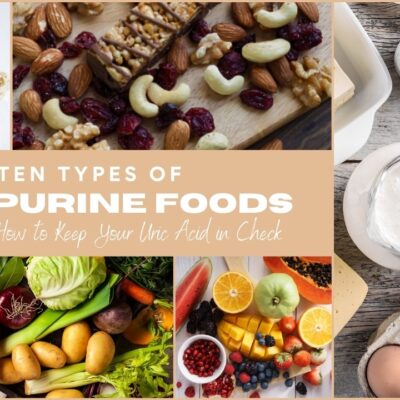




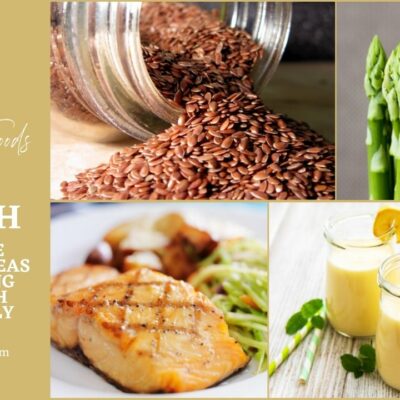

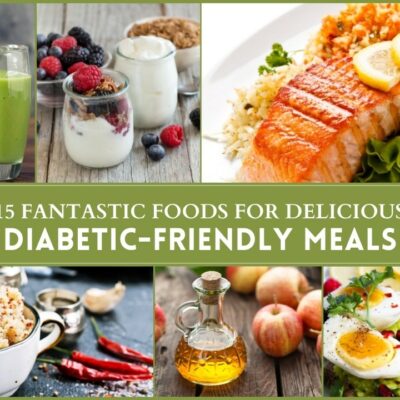
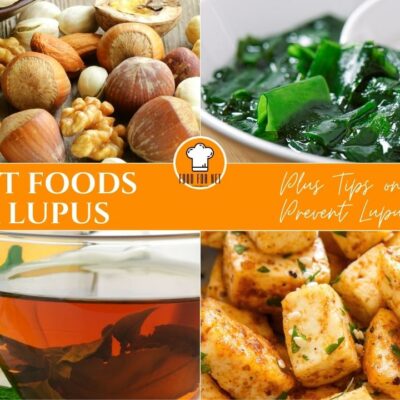
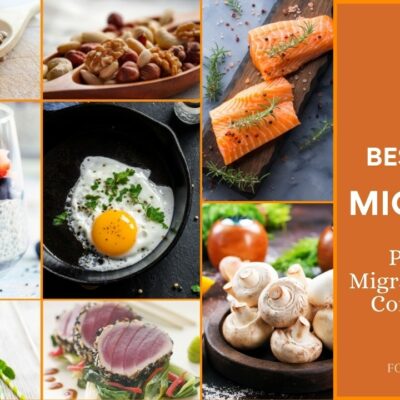
 Are Dates Good For You?
Are Dates Good For You?
I would like to extend my thanks in advance for such valuable information. As you listed out foods to be avoided in our diets are amazing to me. Because I am very interested in eating the first 2 , namely, Tomatoes and peppers. I can’t eat any food with out them. But nothing to feel still now. I am getting 54 years. What do you to advise me? May I continue or stop from now on wards?
I would leave them both out for a month. Then pick one of them and eat for 2-3 servings a day for 2 days, then wait for several days and listen carefully to your body. Do you have mucus (especially post nasal drip), muscle or joint aches, headaches, rash, pain, fatigue, etc If not, then try to other item and do the same thing. If no reaction (not like a peanut allergy, these are subtle and not immediate so you have to be very in tune with your body). Good to pay attention to what your body is telling you.
Many thanks for this article. I must commend that it is quite useful because I have been searching for what food is good for an A+ blood type that is also diabetic
Just FYI, Dr. D’Adamo specifically states in his book that the + and – factor plays no role in eating right for your type. O, A, B or AB is all that matters. So this list is good for both A+ and A- blood types! You might want to update or clarify that info.
I was having a very difficult time getting over pneumonia for 2 months. I was eating healthy, fresh home cooked foods but seem to be stalled. One day I pulled out my Blood Type book and studied for hours. A week ago I started the A type diet pretty closely and I am thrilled to say I already feel much better and my digestive system is healing. I may not adhere to it 100% but I have eliminated the ‘avoid’ foods for now. I’m happy.
Is avocado an a blood type food?